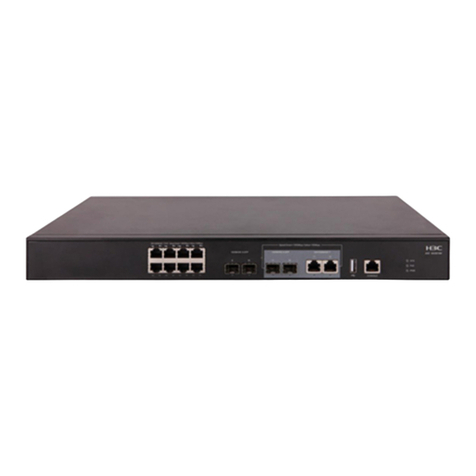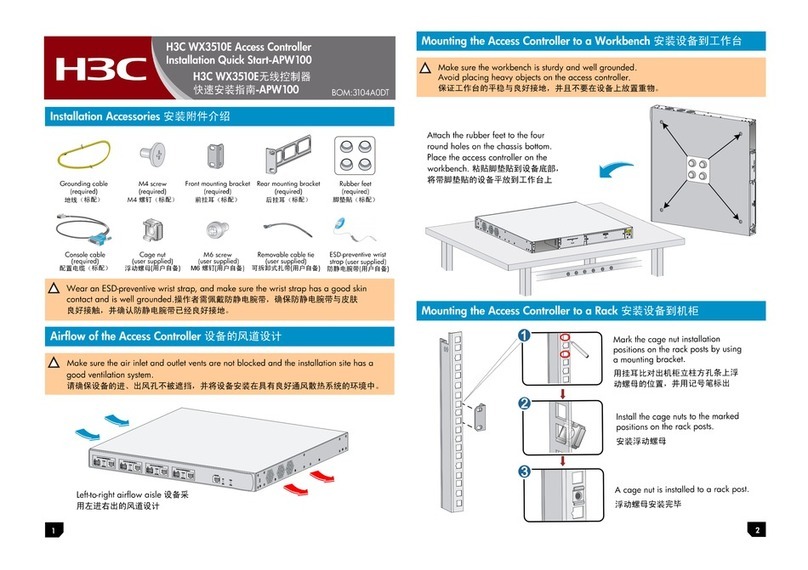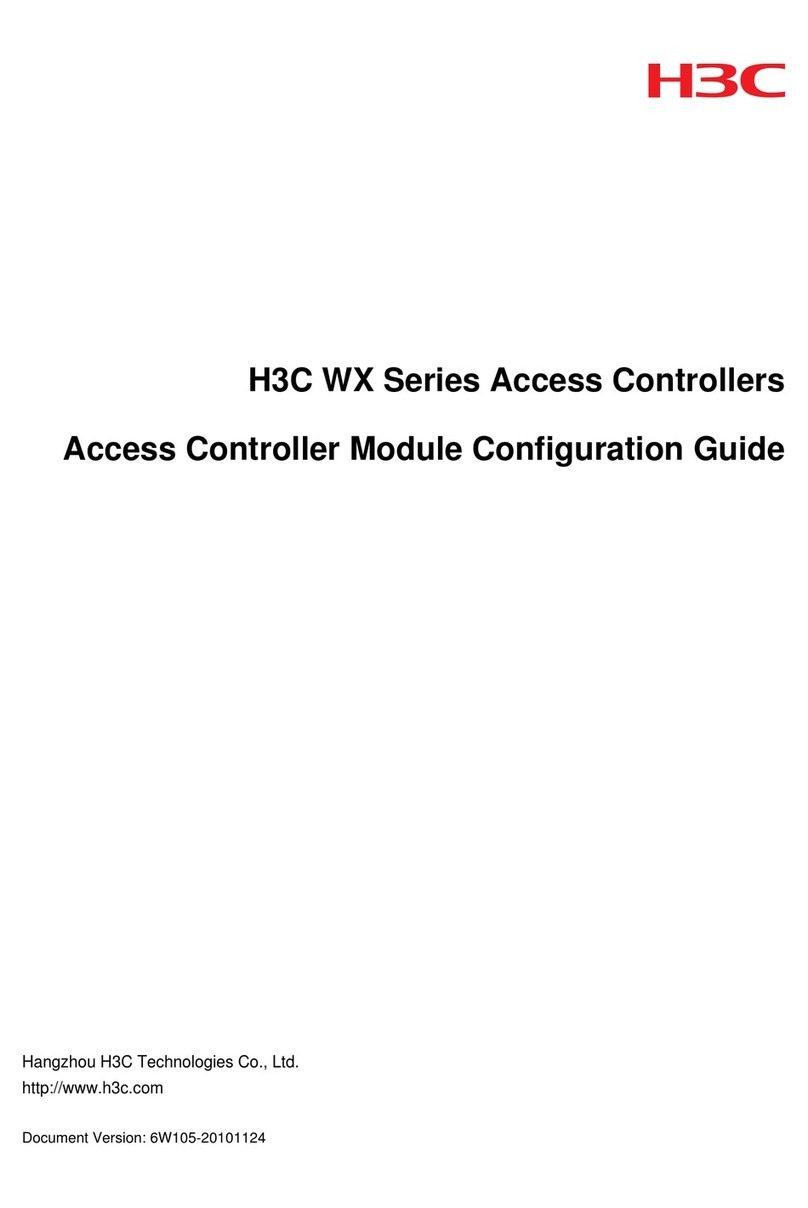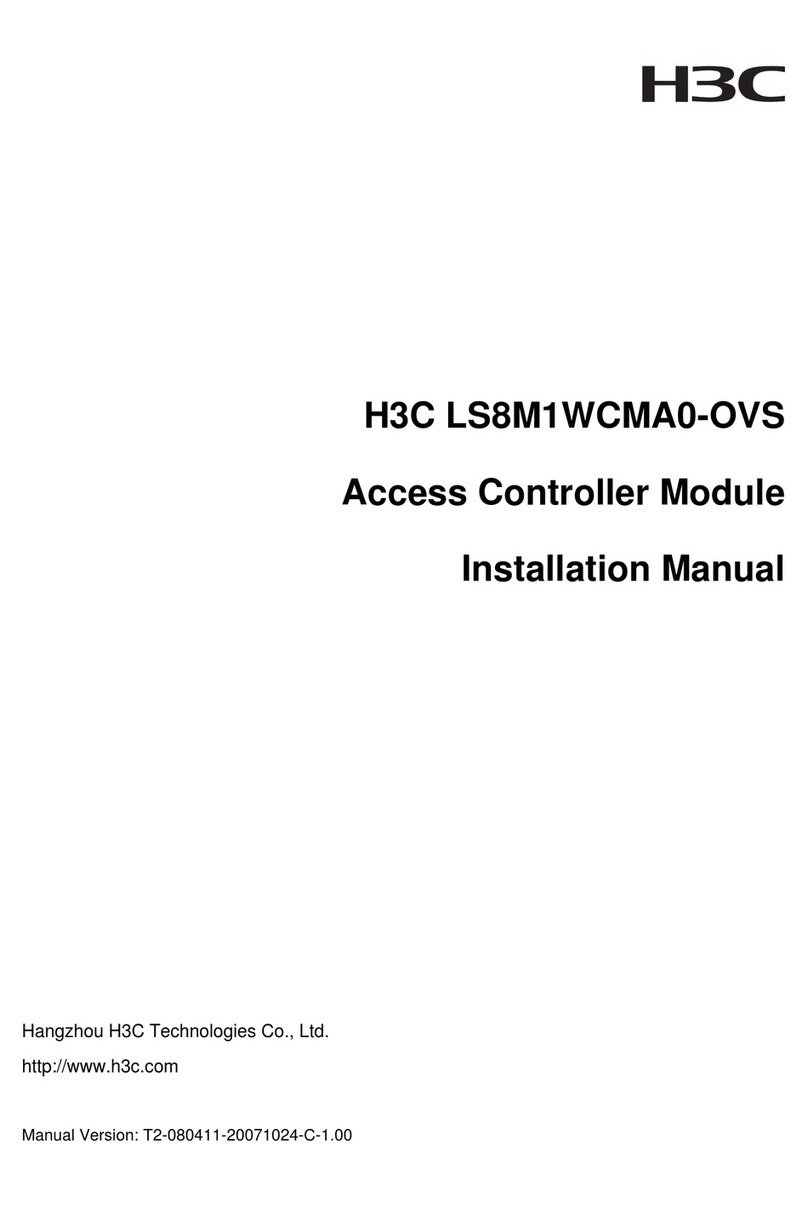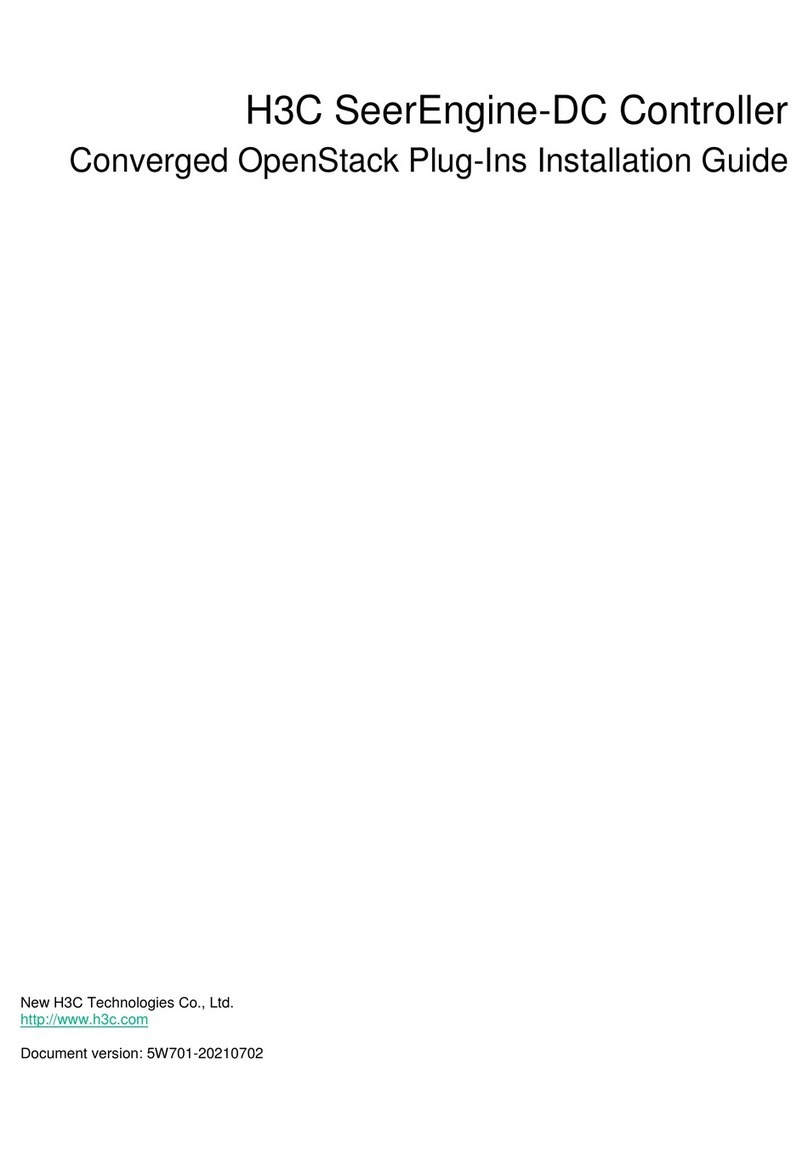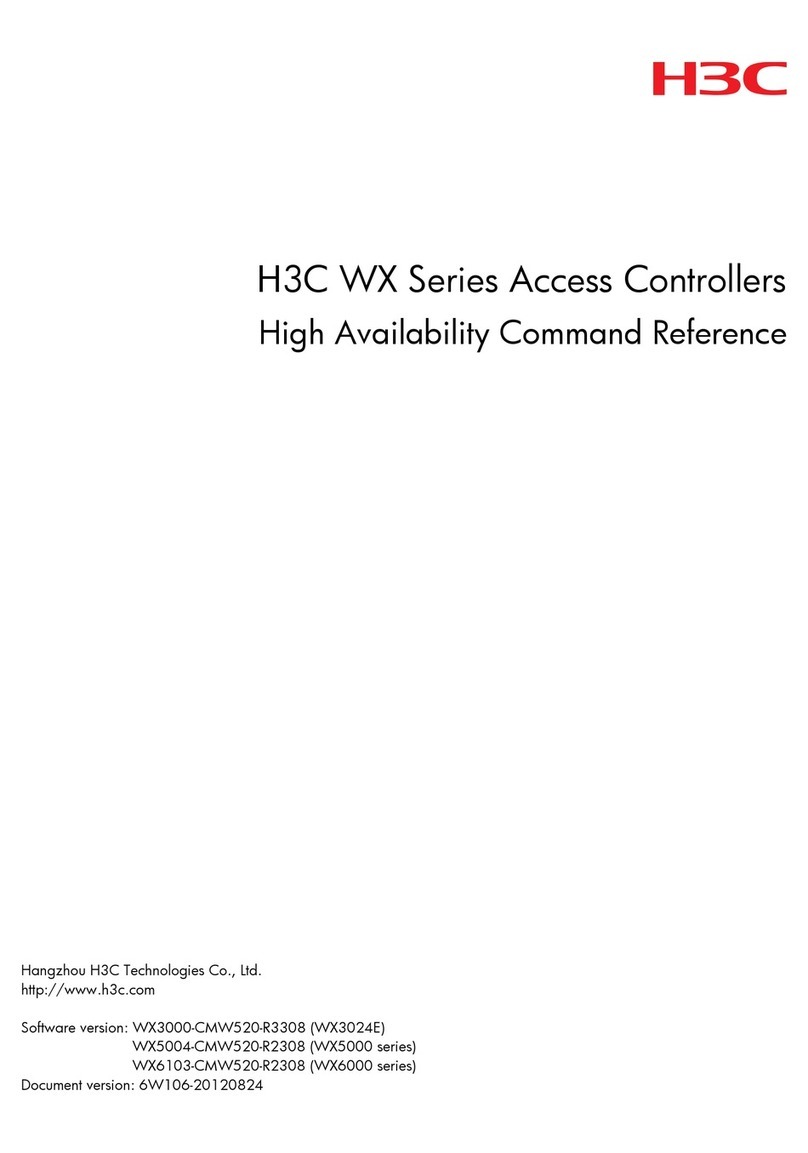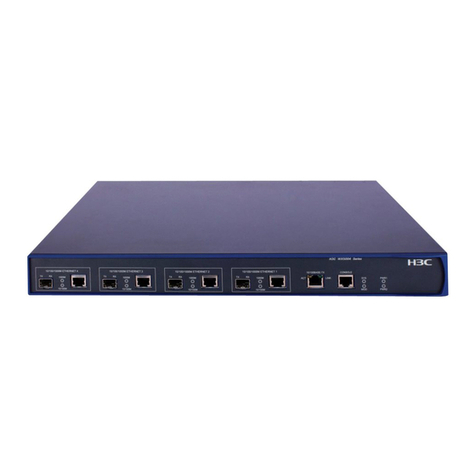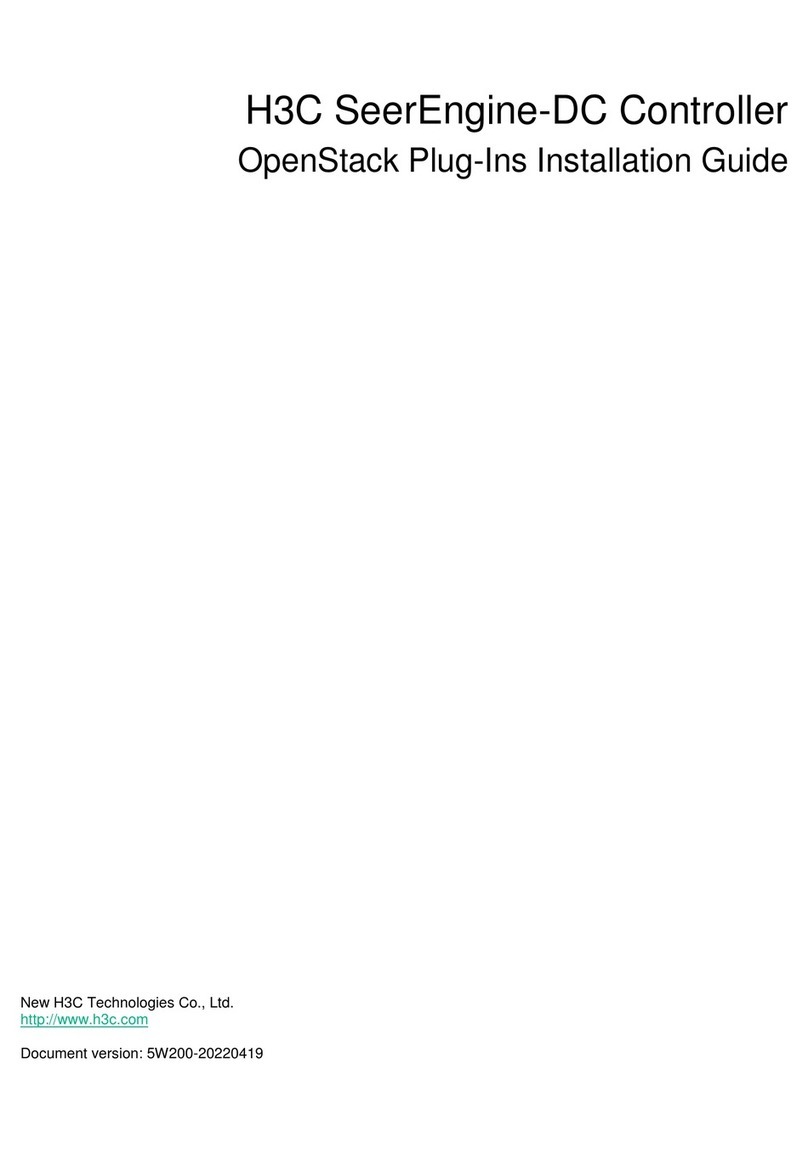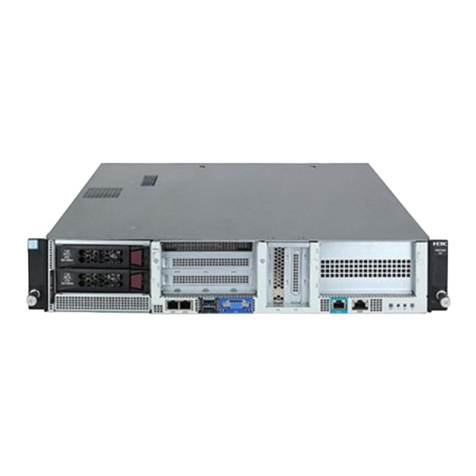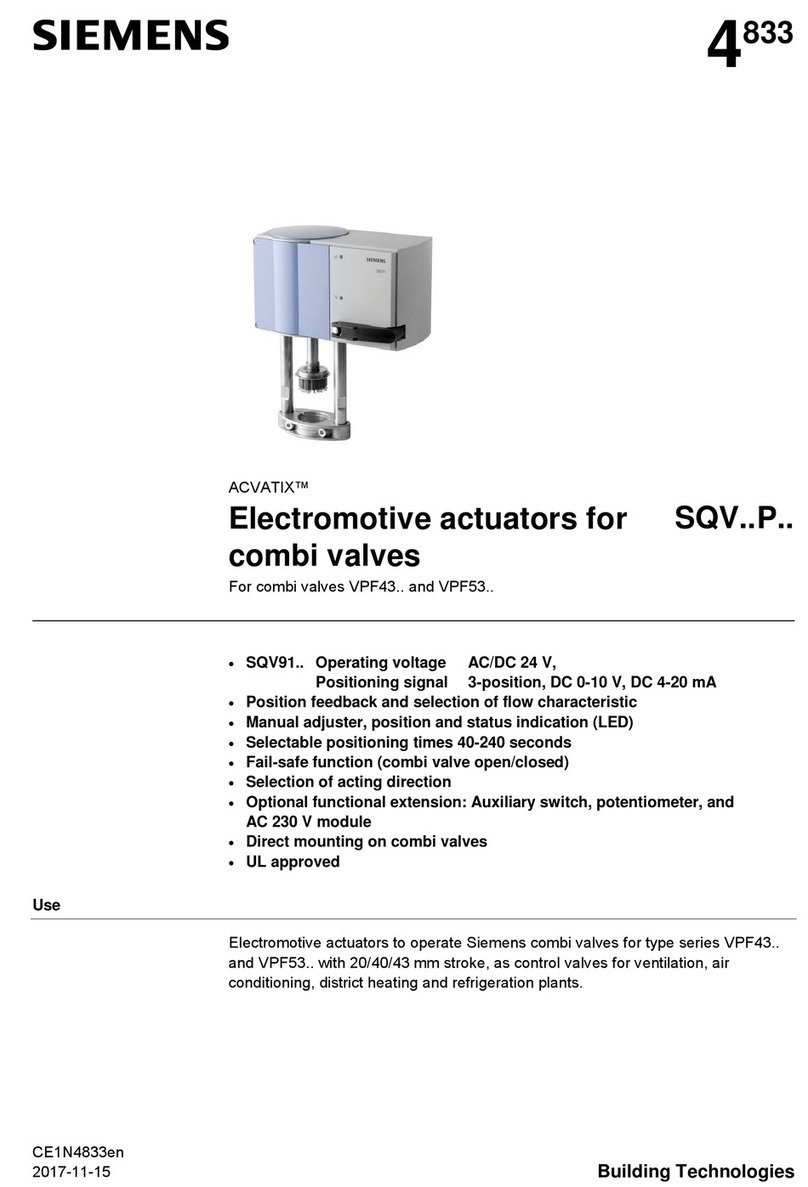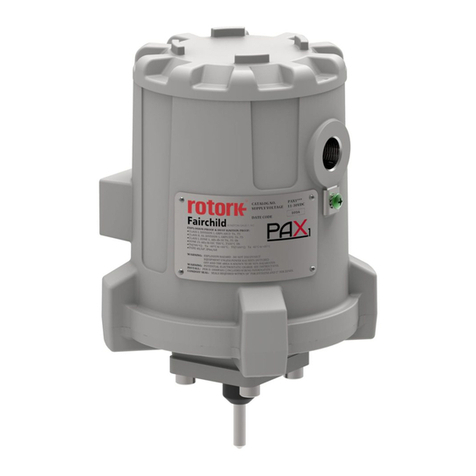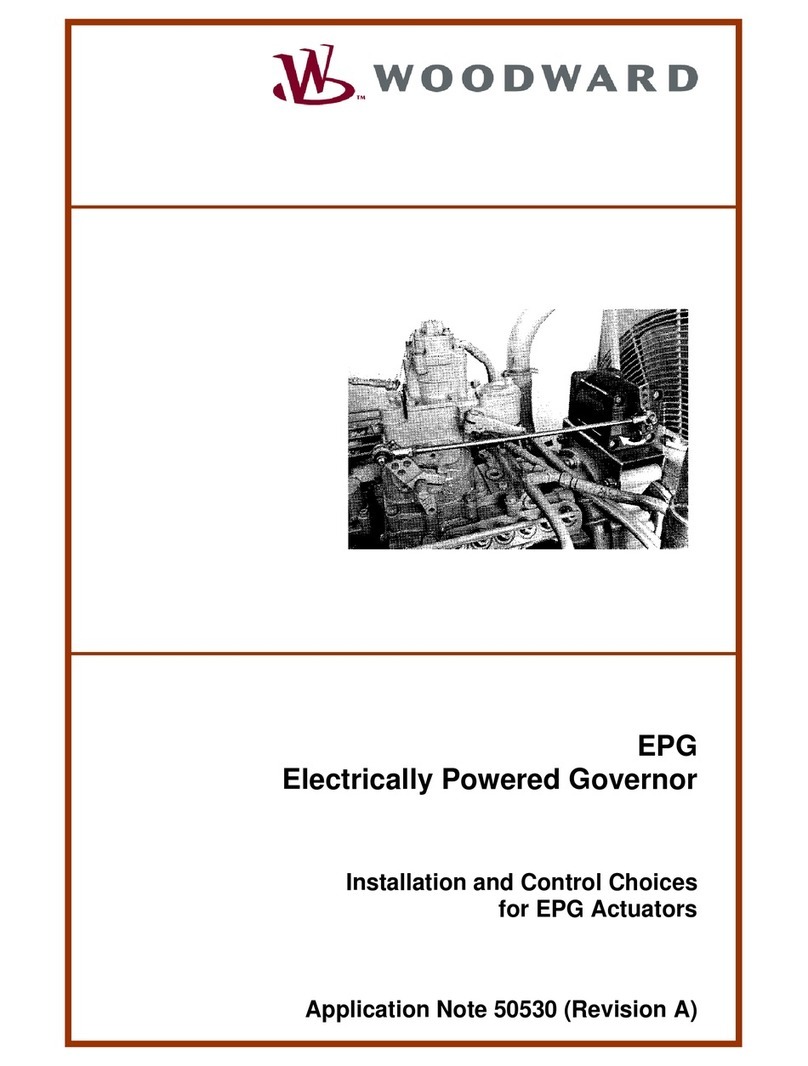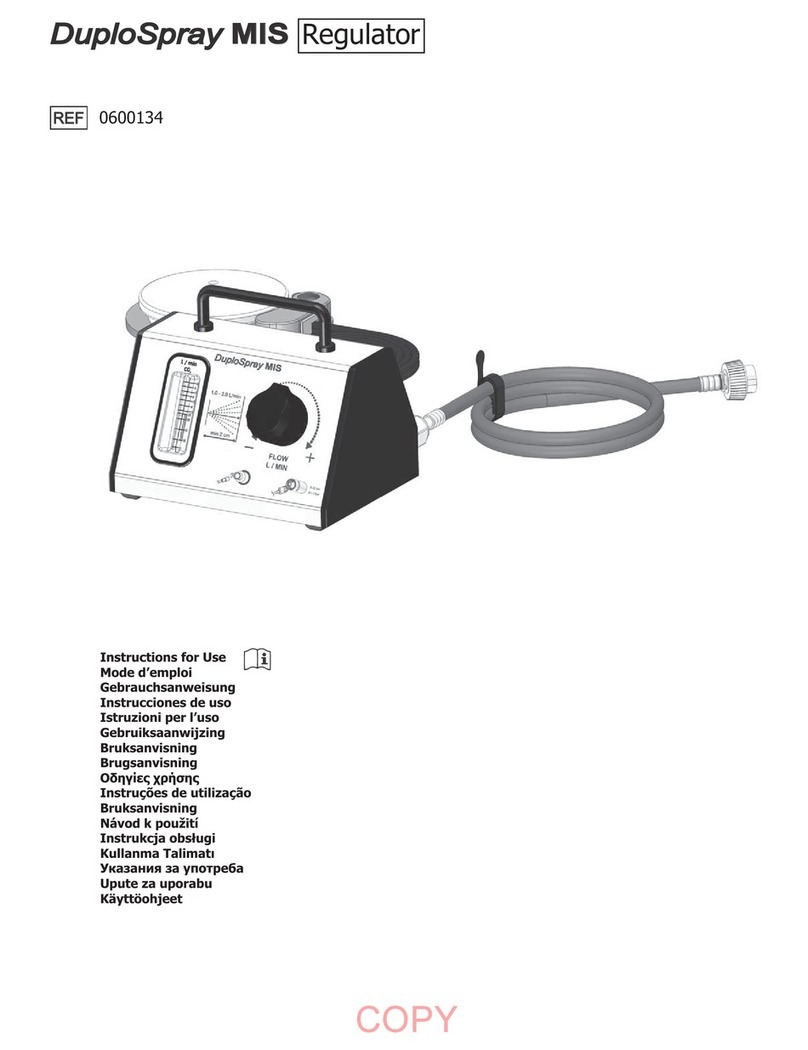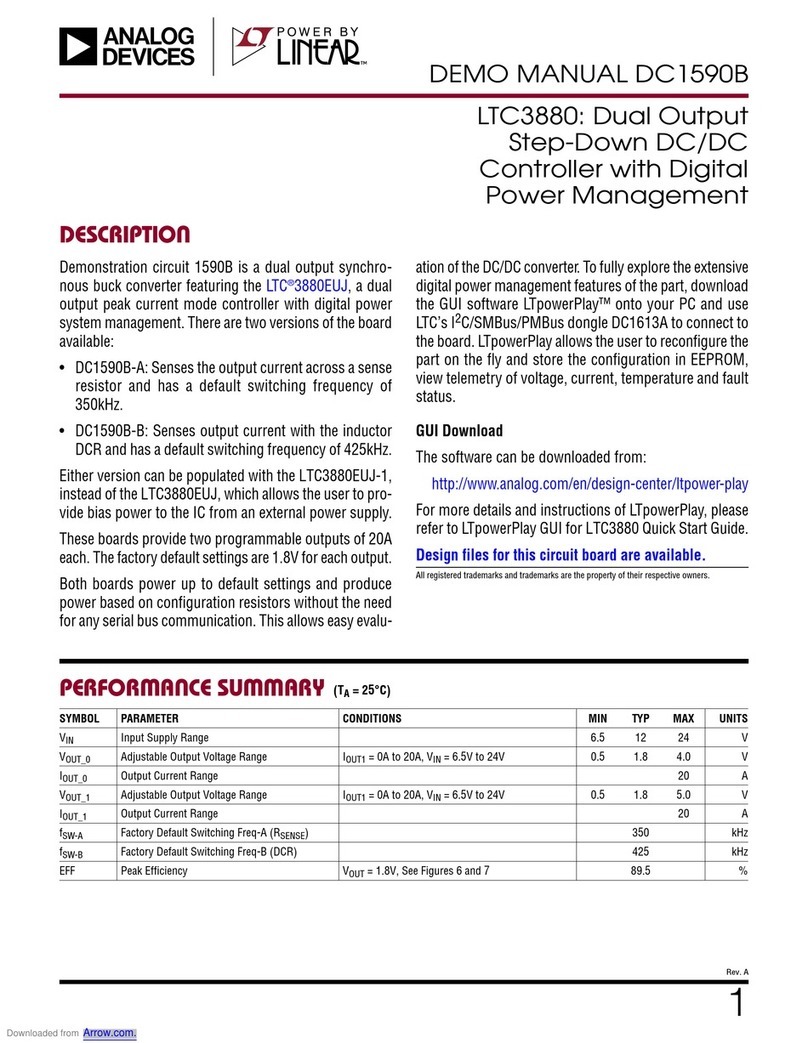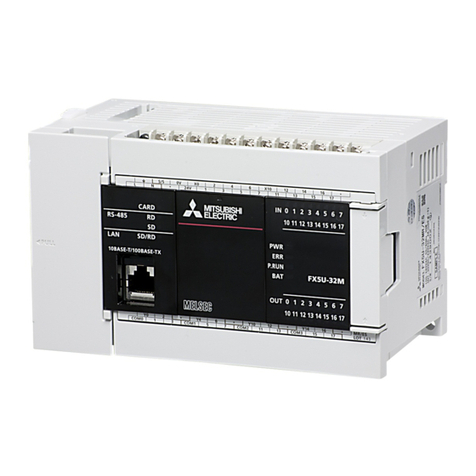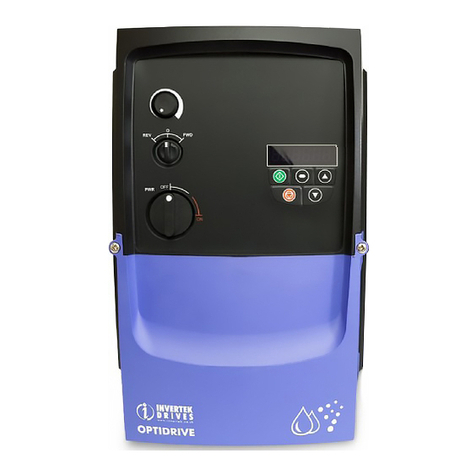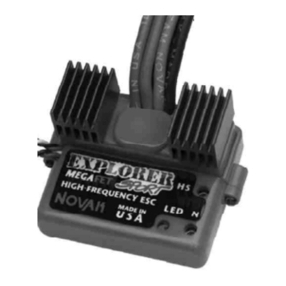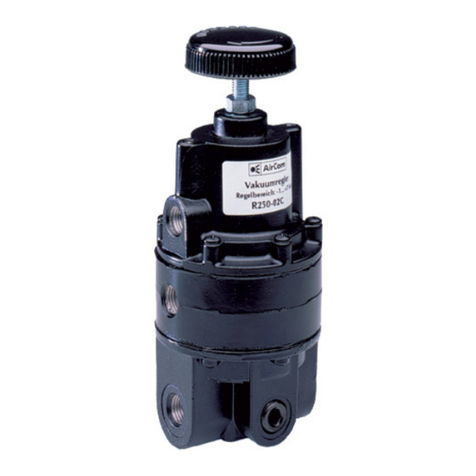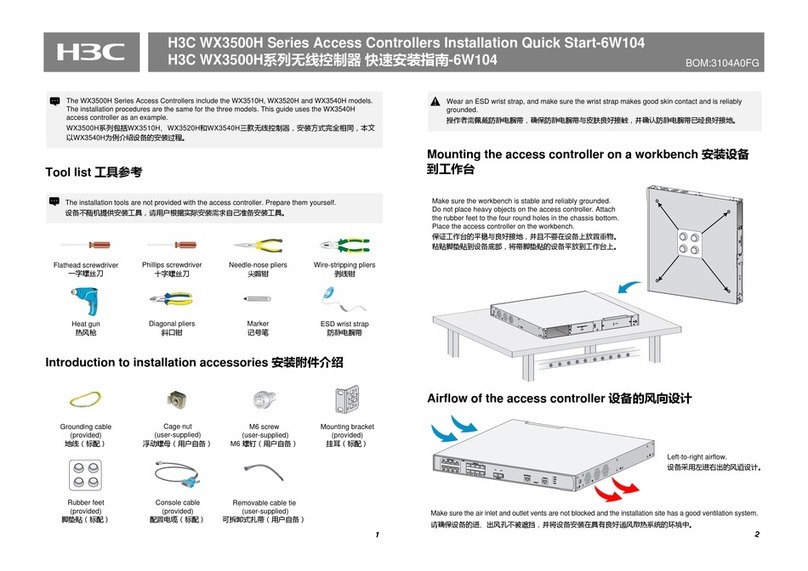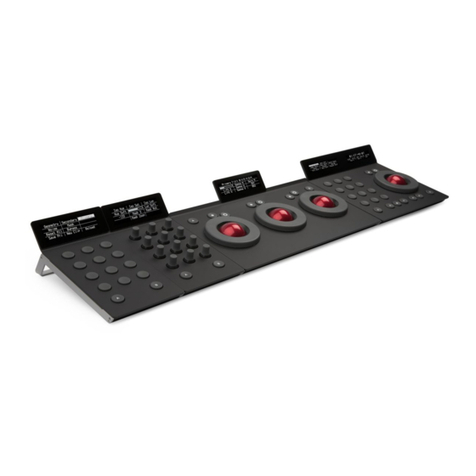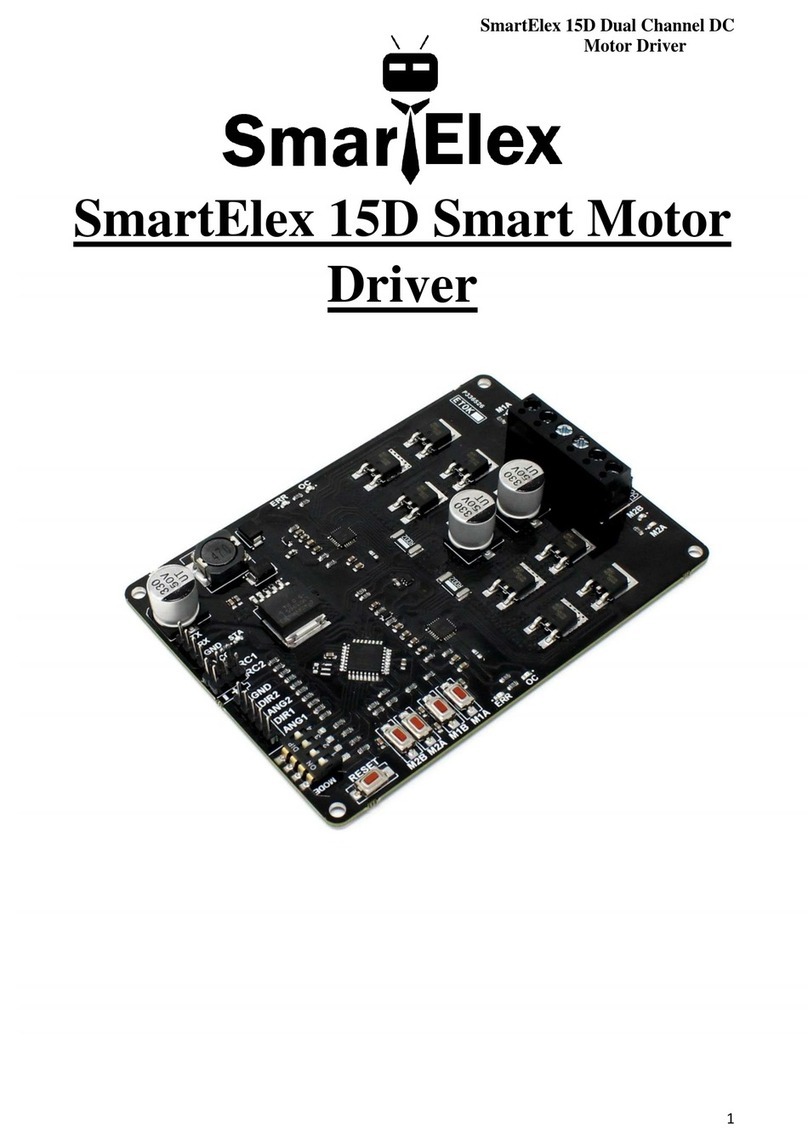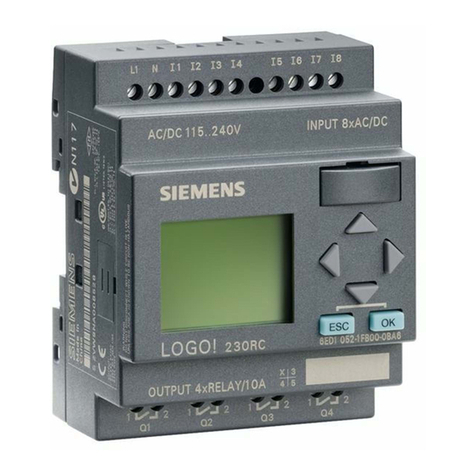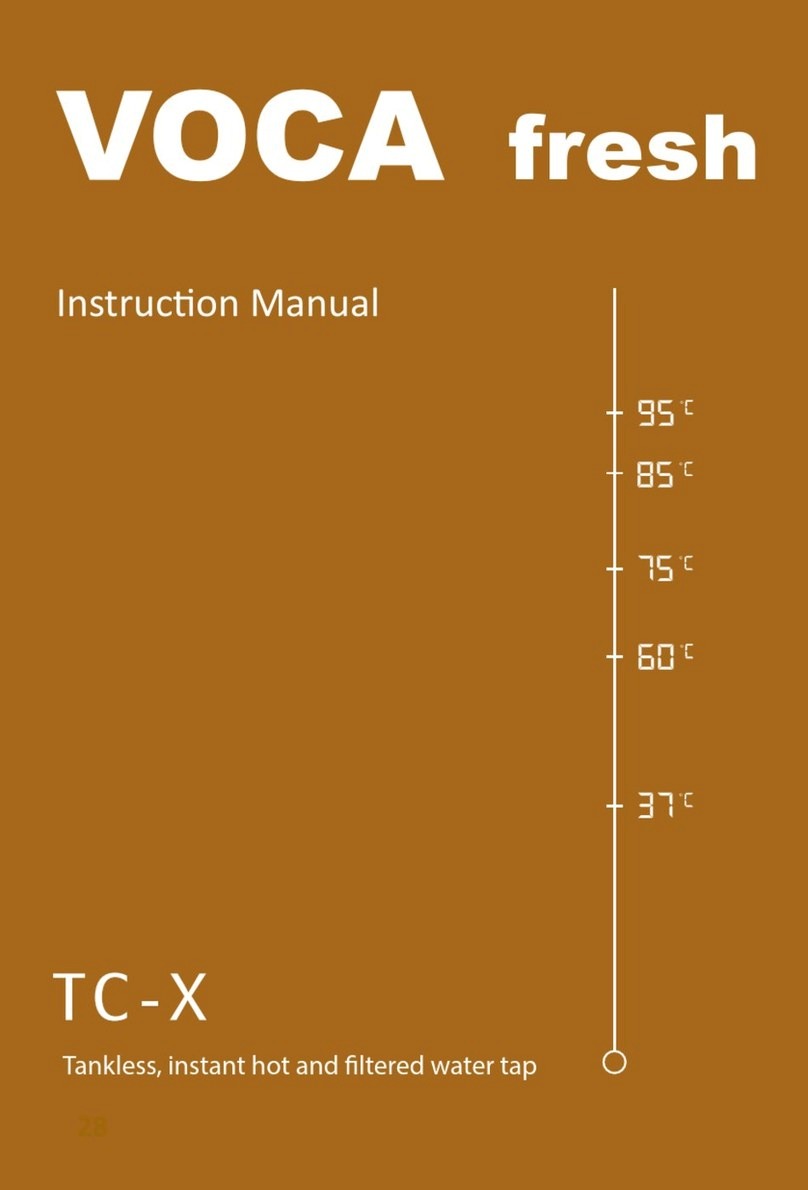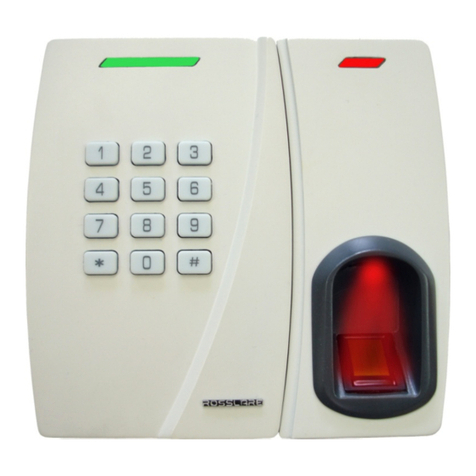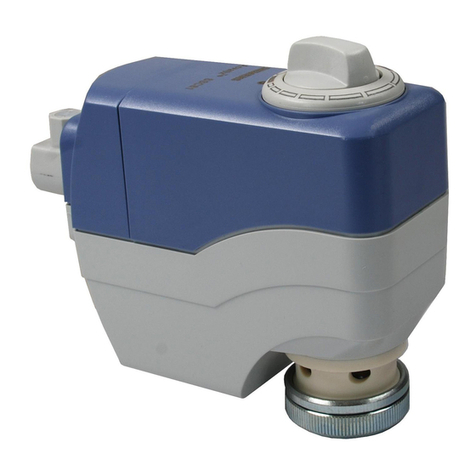
9
Parameter Description
True—Enable.
•False—Disable.
binddefaultrouter
Whether to enable or disable the feature of binding networks to the
VCF controller default router.
•True—Enable.
•False—Disable.
auto_create_tenant_to_vcfc
Whether to enable or disable the feature of automatically creating
tenants on the VCF controller.
•True—Enable.
•False—Disable.
router_binding_public_vrf Whether to use the public network VRF for creating a vRouter.
•True—Use.
•False—Do not use.
enable_subnet_dhcp Whether to disable or enable DHCP for creating a vSubnet.
•True—Enable.
•False—Disable.
dhcp_lease_time Valid time for vSubnet IP addresses obtained from the DHCP address
pool in days, for example, 365 days.
firewall_type
Mode of the firewall created on the VCF controller.
•SERVICE_CHAIN—Service chain type firewall, which is
available only when the value of the resource_mode parameter
is set to NFV.
•CGSR—Gateway service type firewall, which is available only
when the value of the resource_mode parameter is set to
CORE_GATEWAY. Each CGSR type firewall uses an
independent context.
lb_type
Mode of the load balancer created on the VCF controller.
•GATEWAY—Gateway type load balancer, which is available only
when the value of the resource_mode parameter is set to NFV.
•SERVICE_CHAIN—Service chain type load balancer, which is
available only when the value of the resource_mode parameter
is set to NFV. SERVICE_CHAIN load balancers that belong to
one tenant share the same VNF. SERVICE_CHAIN load
balancers that belong to different tenants use different VNFs.
•CGSR—Gateway service type load balancer, which is available
only when the value of the resource_mode parameter is set to
CORE_GATEWAY. CGSR type load balancers that belong to one
tenant use the same context. CGSR type load balancers that
belong to different tenants use different contexts.
resource_mode
Type of the resource created on the VCF controller. The available
values are as follows:
•SELF_GATEWAY—Independent gateway resource.
•NFV—VNF resource.
•CORE_GATEWAY—Gateway service resource.
auto_delete_tenant_to_vcfc
Whether to enable or disable the feature of automatically removing
tenants from the VCF controller.
•True—Enable.
•False—Disable.
auto_create_resource Whether to enable or disable the feature of automatically creating
resources.
•True—Enable.
















